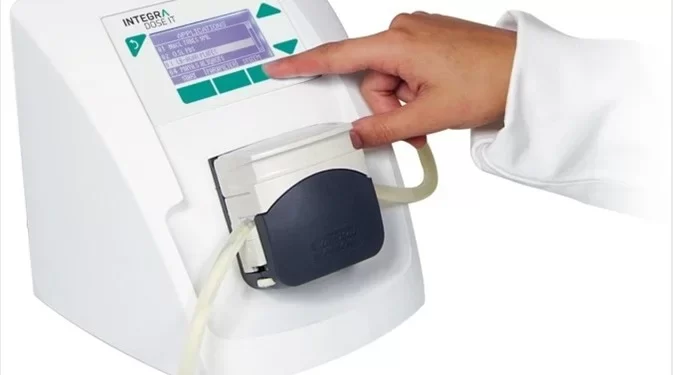A liquiport pump is essential equipment in many industries such as food and beverage, pharmaceutical, and chemical processing. It's a type of positive displacement pump that consists of a housing that contains a rotating impeller. The pump is connected to a drive shaft which turns the impeller. The housing has an inlet and outlet port and the inlet port is connected to a liquid source, while the outlet port is linked to the fluid destination.
While plenty of liquiport pumps are available, choosing the best one can be overwhelming. Before purchasing, you must consider the quality, features, applications, and other factors. The KNF liquiport pump or any high-quality brands are excellent options.
But before you can even think about buying a liquiport pump, you first need to understand its purpose and how it works. This approach will narrow down your choices and make it easier for you to pick the right one.
To help you out, here are some essential functions of a liquiport pump for your information:
-
Transferring Liquids
Transferring liquids from one container to another is one of the most common purposes of a liquiport pump. The pump can fill or empty tanks, barrels, drums, and other types of vessels.
To proceed, you'll need to connect the inlet port to the liquid source and the outlet port to the destination vessel. The pump will move the liquid from one location to the other due to the rotating impeller creating a vacuum on the inlet side which pulls fluid into the pump. On the outlet side, the impeller pushes the liquid out of the pump.
-
Regulating Liquid Flow Rate
A liquiport pump can regulate the flow rate of liquids. The speed of the impeller determines the rate at which the pump can transfer fluids. Adjusting the speed lets you control how fast or slow the liquid moves. This method is helpful in applications where you need to fill or empty containers at a specific rate. As a result, you can prevent accidents and ensure that liquids are transferred safely.
-
Circulating Liquids In A Closed System
Another primary use for a liquiport pump is circulating liquids in a closed system. This is often seen in heat ventilation and air conditioning (HVAC) systems, where water needs to be distributed through a building to heat or cool it. In addition, the pump can also be used in a rotary evaporator system where it circulates the solvent in the evaporating flask. This application is crucial in a laboratory where they need to remove solvents from a sample quickly and efficiently.
-
Metering Or Dosing Liquids
A liquiport pump is also best for metering or dosing liquids. That means you can use the pump to dispense a precise amount of liquid. You can often see this equipment in laboratories and manufacturing settings where chemicals must be mixed in specific proportions. The pump can dispense a certain amount of liquid per revolution. This ensures that the desired ratio is consistently met.
-
Pumping Liquids Uphill
It's no secret that gravity pulls liquids down. So, if you need to transfer liquids from a lower level to a higher level, you'll need a pump that can overcome the force of gravity. This is where a liquiport pump comes in handy. The rotating impeller creates enough pressure to push liquids uphill, making it possible to transfer fluids to elevated containers or vessels.
How To Choose The Best Liquiport Pump
Now that you know the purpose of a liquiport pump, it's time to learn how to choose the best one for your needs.
First, it's best to consider the type of liquid you'll be transferring. This factor will determine the materials that the pump is made from. For example, if you're transferring corrosive liquids, you'll need a pump made from corrosion-resistant materials.
Another vital factor to consider is the flow rate. This is the amount of liquid that the pump can move per minute. The higher the flow rate, the faster the pump can transfer liquids. But, keep in mind that the fluid's viscosity will also affect the flow rate. For instance, a pump with a high flow rate may not be able to transfer viscous liquids as quickly as a pump with a lower flow rate.
Lastly, it's also worth noting the power source. Some liquiport pumps are powered by electricity, while others are powered by compressed air. Choose the power source that's best for your needs. In addition
Conclusion
Now that you know the purpose of a liquiport pump and how to choose the best one for your needs, you can put this knowledge to use. If you need to transfer liquids from one location to another, a liquiport pump can help you do that. Just be sure to choose the right pump manufacturer for your needs and you'll be sure to get the job done right.
























